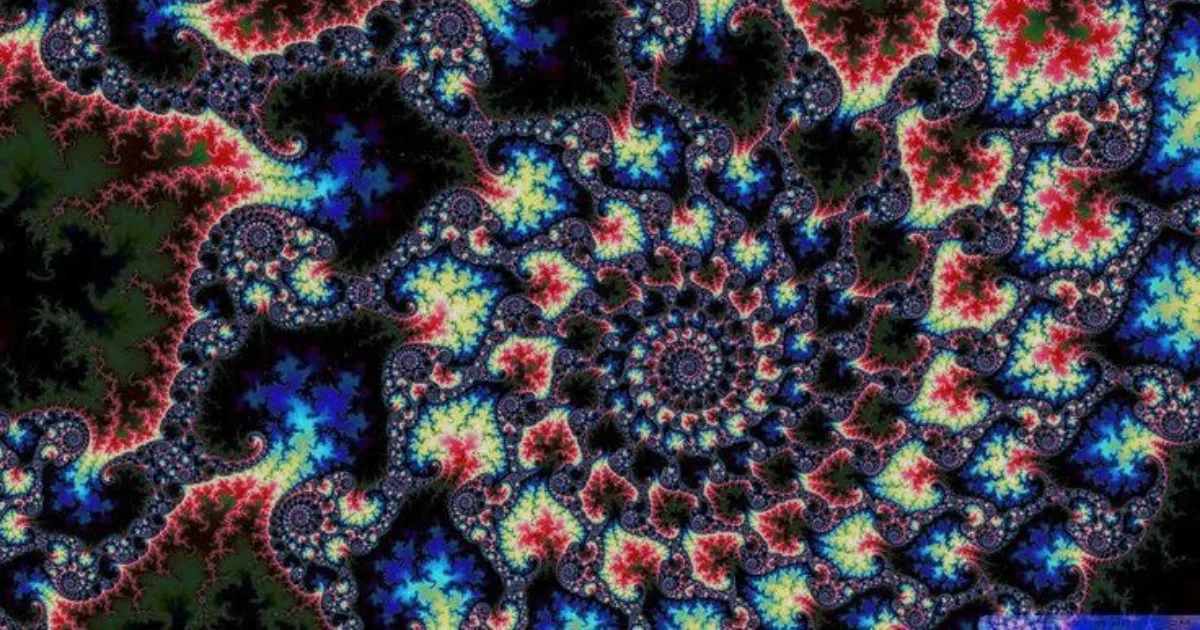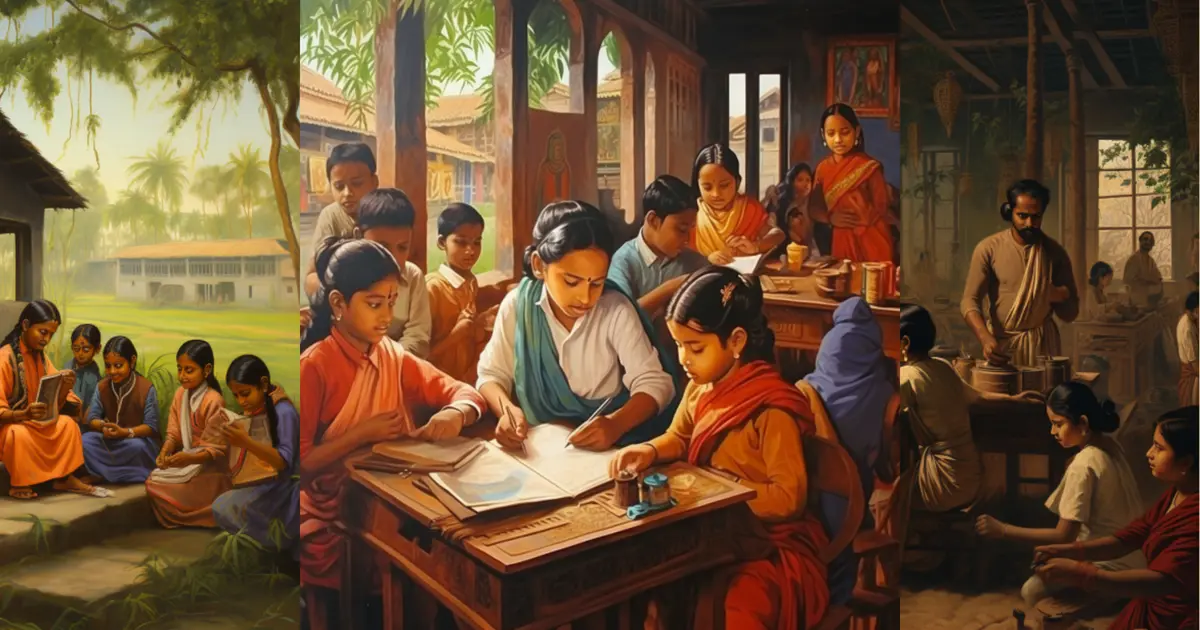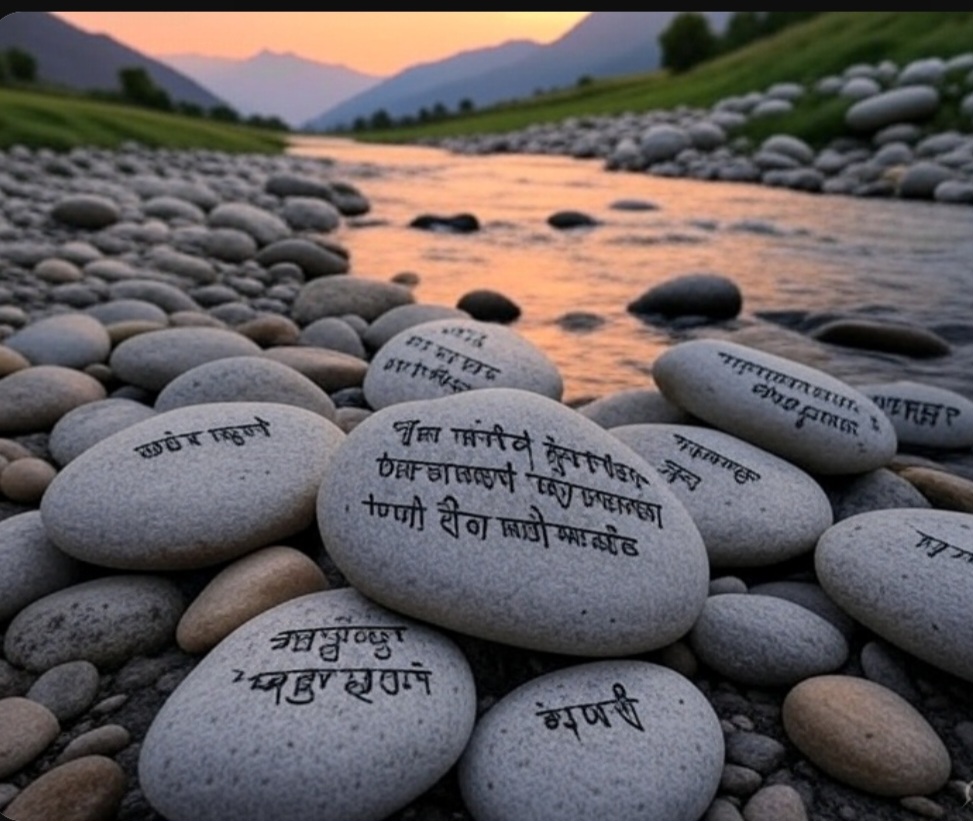Chinmaya Mission invites applications for the 19th Vedanta Course commencing on Makara Sankranti, 15 January 2024. The Mukhya Ācāryā for the Course is Swami Swaroopananda, the Global Head of Chinmaya Mission, and the Resident Ācāryā is Swami Advayananda, President and Director of Research and Publications at Chinmaya International Foundation.
The two year residential Vedanta Course, to be conducted at Sandeepany Sadhanalaya, Powai, Mumbai, provides an ideal opportunity for all those who want to learn, live, practice and share the Vedanta way of life. The Powai āśrama, a cozy green pocket nestled in the heart of Mumbai, is home to the beautiful Jagadīśvara Śivālaya Mandir and is the ideal location for the life-altering Vedanta Course.
What exactly is this two-year, residential course?
Swami Chinmayananda conceived the idea of a ‘modern-day Gurukula’ to teach the philosophy of Advaita Vedanta to young men and women who would then take the knowledge back to their community.
His vision was to build a group of full-time, well-educated, trained sādhaka representatives, without worldly ambitions or vested interests — brave and courageous — who were willing to leave personal ties and concerns behind, for a life of surrender to the Divine through service to mankind
All Vedanta institutes in the Chinmaya Mission are called ‘Sandeepany.’ This was the name selected by Swami Chinmayananda, after the name of Bhagavān Kṛṣṇa’s guru, Ṛṣi Sāndīpanī. The word ‘Sāndīpanī’ itself means ‘that which illumines.’ Sandeepany Sadhanalaya, Mumbai, was the first residential academy of Advaita Vedanta that opened its doors to the initial batch of 30 students in 1963.
Since then, Swami Chinmayananda’s disciples became ācāryās of the many successive Vedanta Courses at seven Sandeepany Sadhanalayas across the world, setting in motion a multiplier effect with hundreds of students graduating through the many batches over the years. While Sandeepany Sadhanalaya, Mumbai is considered the flagship campus and was home to the original Vedanta course, the course has been made accessible to all. Within India, the two-year course takes place in regional languages also, at various Chinmaya Mission centers in each region. The course has taken place in Hindi at Chinmaya Siddhabari campus in Himachal Pradesh, in Malayalm at Chinmaya International Foundation in Kerala, and in Tamizh at Chinmaya campuses in Tamil Nadu, to name a few examples. Internationally, the residential Vedanta course has also been conducted in Chinmaya Mission centers of North America, Africa, and the Caribbean, so that native populations and Hindu diaspora worldwide have a chance to learn as well.
While vibrant Chinmaya Mission centers do also exist in Europe, Australia, and South America, sādhakas from across the globe still choose to come study at Sandeepany Sādhanālaya, Mumbai for a more intense, immersive experience.
Why study in this course?
The purpose of the residential Vedanta Course is to provide an ideal opportunity for all those who want to learn Vedanta, live the life of a seeker and share this knowledge with society. In this two-year course, students withdraw fully from worldly life and follow a disciplined schedule of classes and activities in the āśrama setting to promote learning, reflection and contemplation. Thereafter, they are encouraged to work in the field as sevakas and civilizational anchors, brahmacārins and swāmins - sharing the knowledge and serving society - although this is not a stipulation for joining the Course.
Historically, the institution overall and this specific course have been open to seekers from all walks of life and various spiritual backgrounds, organizations, and institutions across India and the world. Gurudev Swami Chinmayananda envisioned the course as a benchmark standard and starting point for anyone beginning their journey in Vedantic study and practice. He knew that while many may stay on to serve within the Mission afterwards - several may also go back to other organizations within the Bhārata movement to teach, serve, and do work in parallel streams.
Today, the course has become not only the benchmark which he envisioned, but also a beacon of light to students from many other lineages and paramparas of teachers as well, for those students to come study and take back this knowledge and practice to their diverse fields
The curriculum is thorough and rigorous in its approach. Swami Chinmayananda envisioned a program of study with the twin objectives of developing both the head and the heart of the student. It is in tune with this two-fold objective that the two-year, intensive Advaita Vedanta curriculum is standardized. Traditional in its teaching methodology, its exhaustive focus is on the prasthāna-trayī - the primary triad of the Hindu scriptures:
- Śrīmad Bhagavad Gītā
- Upaniṣads
- Brahma Sūtras
Students actually begin their textual study with preparative texts known as prakaraṇa granthas, or introductory texts which provide a foundation of basic concepts and definitions within Vedanta. After studying 20 - 30 such introductory texts, students are introduced to the Gītā and then take a deeper dive into commentaries by 20th century seers like Swami Chinmayānanda and Swami Gambhīrānanda; as well as the keystone teaching which is Śrī Ādi Śaṅkarācārya’s Saṃskṛta commentary, known as Śaṅkara-Bhāṣya. Some ācāryās of the two-year course also choose to teach supplemental commentaries from other extraordinary gurus in the Advaita Vedanta tradition such as Swamī Madhusūdana Sarasvatī.
Students are then introduced to the basic Upaniṣads, with most batches getting exposure to the 10 major ones known as daśa-upaniṣad:
ईशकेनकठप्रश्न
मुण्डमाण्डूक्यतित्तरी।
ऐतरेयं च छान्दोग्यं
बृहदारण्यकं दशाः॥Īśakenakaṭhapraśna
muṇḍamāṇḍūkyatittarī|
aitareyaṃ ca chāndogyaṃ
bṛhadāraṇyakaṃ daśāḥ||
These ten include Īśāvāsyopaniṣad, Kenopaniṣad, Kaṭḥopaniṣad, Praśnopaniṣad, Munḍakopaniṣad, Māṇdūkyopaniṣad, Taittirīyopaniṣad, Aittareyopaniṣad, as well as select chapters and portions from Chāndogyopaniṣad and Bṛhadāraṇyakopaniṣad. Here also, Śaṅkara-Bhāṣyam is key along with a few English commentaries by standard 19th and 20th century stalwarts.
Finally, the first four Brahma Sūtras are expounded upon. It is said that it takes a lifetime or more to even begin to unpack the Brahma Sūtras, which are a commentary on the Vedas themselves. At the very end of the course curriculum, students are given an orientation to just the first four, known as Catusūtrī, which give the essence of all 555 sūtras.
The study of Saṃskrtam is complementary to this study of prakaraṇa granthas and prasthāna trayī. Students are exposed to basic Pāninīan grammar through an array of grammar exercises, subhāṣitas and sūtras.
On their entrance to Sandeepany, students will undergo an examination to determine their level of understanding of Saṃskṛtam. According to their levels of competence, they will then be assigned the appropriate level – beginner, intermediate or advanced.They chart a course of study over two years with their cohort, participating in coursework, exams, and activities like story writing, poem and/or śloka composition, and even Saṃskrtam script writing, stage-plays and dramas by the end of the course.
Of course, study of Saṃskrtam is required to aid in their understanding and provide greater depth to their knowledge of all the other textual subjects they are learning. Grasp of the language also complements the students’ training in pūjā vidhi, Vedic chanting, stotram singing and bhajans - all of which are incorporated in the daily routine.
Devotional texts like Nārada Bhakti Sūtras, and even Itīhāsa and Purāṇa like Śrī Rāmacaritamānas and Śrīmad Bhāgavatam are included in the curriculum throughout the two years.
Who is eligible for the course?
Spiritual seekers, regardless of their gender, nationality, upbringing and faith, are interviewed and carefully selected before being accepted to undergo this intensive residential training in Vedantic literature.
These criteria have been refined since Gurudev Swami Chinmayananda’s time, as the course has evolved over the years to cater to the current landscape and needs within Bhārata and abroad.
To apply for the Vedanta Course, it is mandatory that candidates meet the following eligibility criteria:
- Have an intense desire to study the scriptures (śāstra) and live the life of a sādhaka (seeker)
- Be proficient in English, the medium of instruction
- Be unmarried
- Be free from family responsibilities and other encumbrances
- Be in the age group 20 to 32 years (exception allowed for deserving candidates)
- Be a University graduate in any discipline, having completed one’s Bachelor’s degree
- Be mentally and physically fit and able to withstand the intense study and training.
Gender, caste, creed, religion and nationality are no bar for applying for the Vedanta Course.
The Vedanta Course is conducted free of charge and all selected students will be provided with boarding, lodging and study materials for the entire duration of the course.
To apply for the 19th Residential Vedanta Course at Sandeepany Sadhanalaya, Mumbai, one may proceed with either of the two options:
- Fill the Online Form. On submitting the form, a copy of the completed form will be sent to the applicant’s email. Then, the applicant is requested to keep the following documents/images handy to upload with the application: Passport size photograph of applicant (jpeg/jpg format), Graduation Certificate and other supporting documents to be submitted in PDF or Zip format, Medical certificate and supporting documents in PDF or Zip format.
- If at all one is unable to fill the application form online, then the file can be downloaded, filled, and emailed to sandeepany@chinmayamission.com along with the supporting documents and recent photograph.
More details on this application and the course overall can be found at Chinmaya Mission’s website page for the course.





